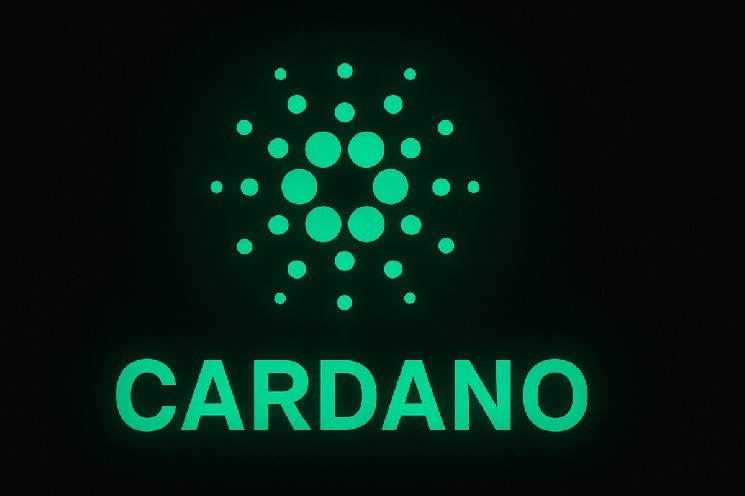All news is rigorously fact-checked and reviewed by leading blockchain experts and experienced industry insiders.
- Given how easily bikes are stolen, BikeID addresses the problem by using the bike identification number, a digital ID stored on Cardano.
- Charles Hoskinson also revealed the release date of NIGHT, the token that powers the Midnight network.
BIKEID’s “Proof of Bike” system currently reportedly secures 300,000 bikes on the Cardano blockchain, and according to an X post from Cardano Foundation CEO Frederik Gregaard, its pace of growth is truly impressive.
BikeID has built a Bicycle Identification Number (BIN), a digital ID for a bike, similar to a car’s VIN, that is permanently and immutably recorded on Cardano. Each registered bike becomes a verifiable on-chain asset, creating a “digital twin” of the physical bike.
Frederick said:
The problem is simple, but huge. Unlike cars, which have VIN numbers, bicycles do not have a universal ID system. As a result, bicycles are highly vulnerable to theft, unauthorized resale, and ownership disputes, costing riders and the global bicycle industry billions of dollars each year.
This system enables a variety of powerful real-world use cases. Riders will be able to obtain proof of ownership and cryptographically verify that the bike is theirs. It also makes theft prevention and recovery much more effective thanks to immutable on-chain records that simplify verification and ownership disputes.
You can also transparently track each bike’s lifecycle, including maintenance history, warranty status, used resale, and even financing, all tied to the bike’s digital ID.
BikeID is rapidly expanding and has secured a partnership with ROMET, Poland’s largest bike manufacturer, to include BIN on bikes from 2026, potentially adding 500,000 new bikes a year.
Future roadmap goals include compliance with the EU Digital Product Passport and Battery Passport, as well as a tokenized fleet that enables fractional ownership of bikes and revenue-sharing models.
This aligns closely with Cardano’s focus on tokenizing real-world assets, using a secure, scalable, and energy-efficient blockchain to anchor a trusted digital identity for physical goods.
Cardano’s tools can create reliable audit trails and authenticate environmental claims while ensuring data is tamper-proof. A key feature is selective disclosure, which allows confidential information to be shared only with authorized parties, as demonstrated in a previous news brief.
Late night network deployment
At the recent Midnight Summit, Charles Hoskinson outlined the Midnight Network’s comprehensive annual rollout plan. The schedule consists of four stages, each named after a traditional Hawaiian moon phase. The journey will begin in Hilo, starting in the last quarter of 2025, followed by Cukor, scheduled to begin in the first quarter of 2026.
Phase 3, Mohar, will arrive in Q2 2026 and the spotlight will shift to broader community growth and engagement. It all culminates in Hua in Q3 2026. The final phase is to introduce hybrid distributed applications into the ecosystem.
Distribution of NIGHT tokens will officially begin on December 8, 2025. Once NIGHT tokens are made public, they serve several purposes across the Midnight environment, including paying transaction fees, participating in staking, and unlocking enhanced privacy features. The total supply of 4.5 billion NIGHT will first be minted on the Cardano chain.
As mentioned above, Hoskinson encouraged the broader crypto community to maintain optimism heading into 2026, suggesting that positive sentiment could help strengthen the market cycle.
ADA has fallen 14.2% Over the past 24 hours. twenty two% It has currently been hovering around $0.3951 for the past week. Support has formed around $0.36, and if it recovers, it could revisit the $0.50 zone.


